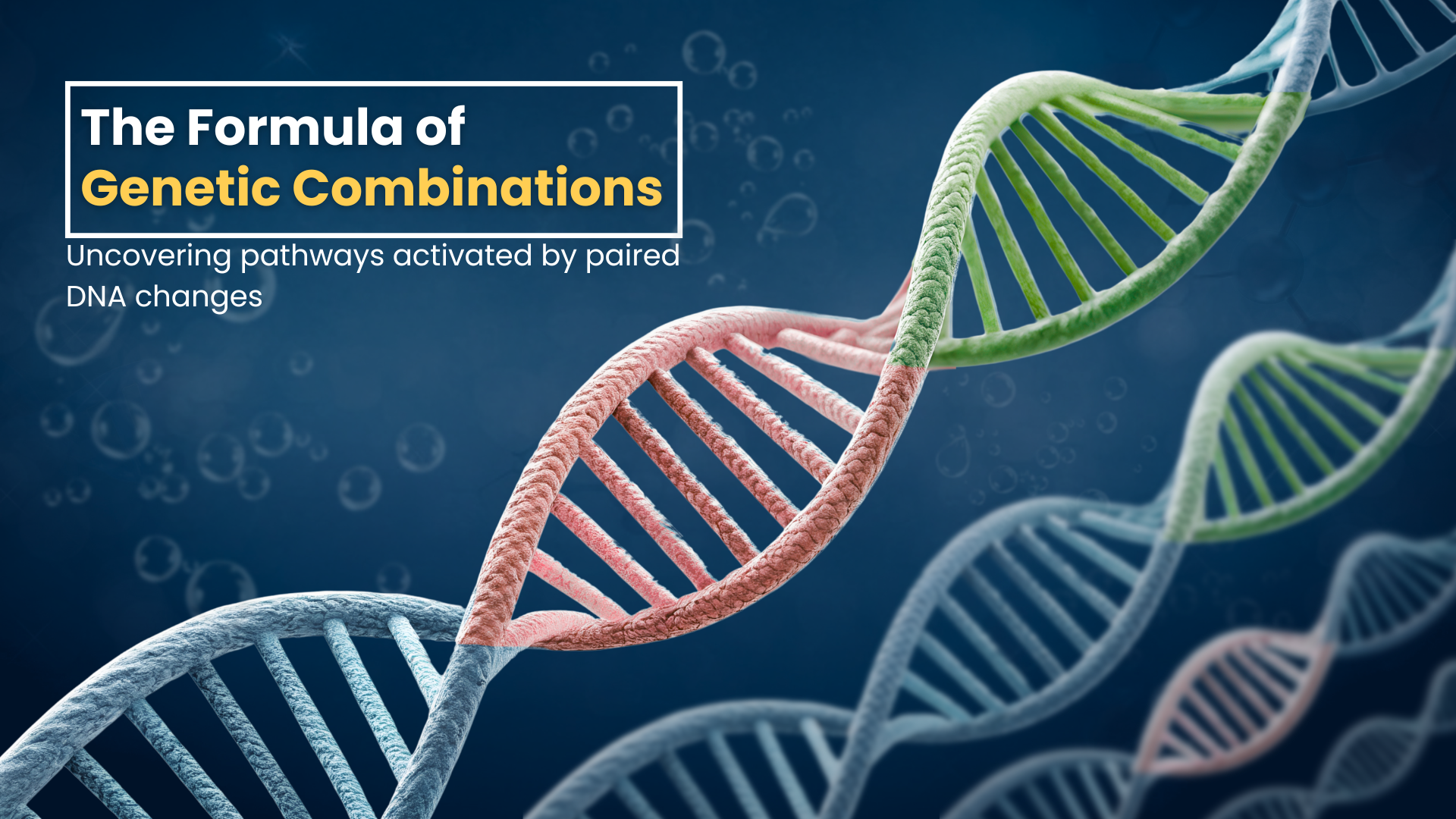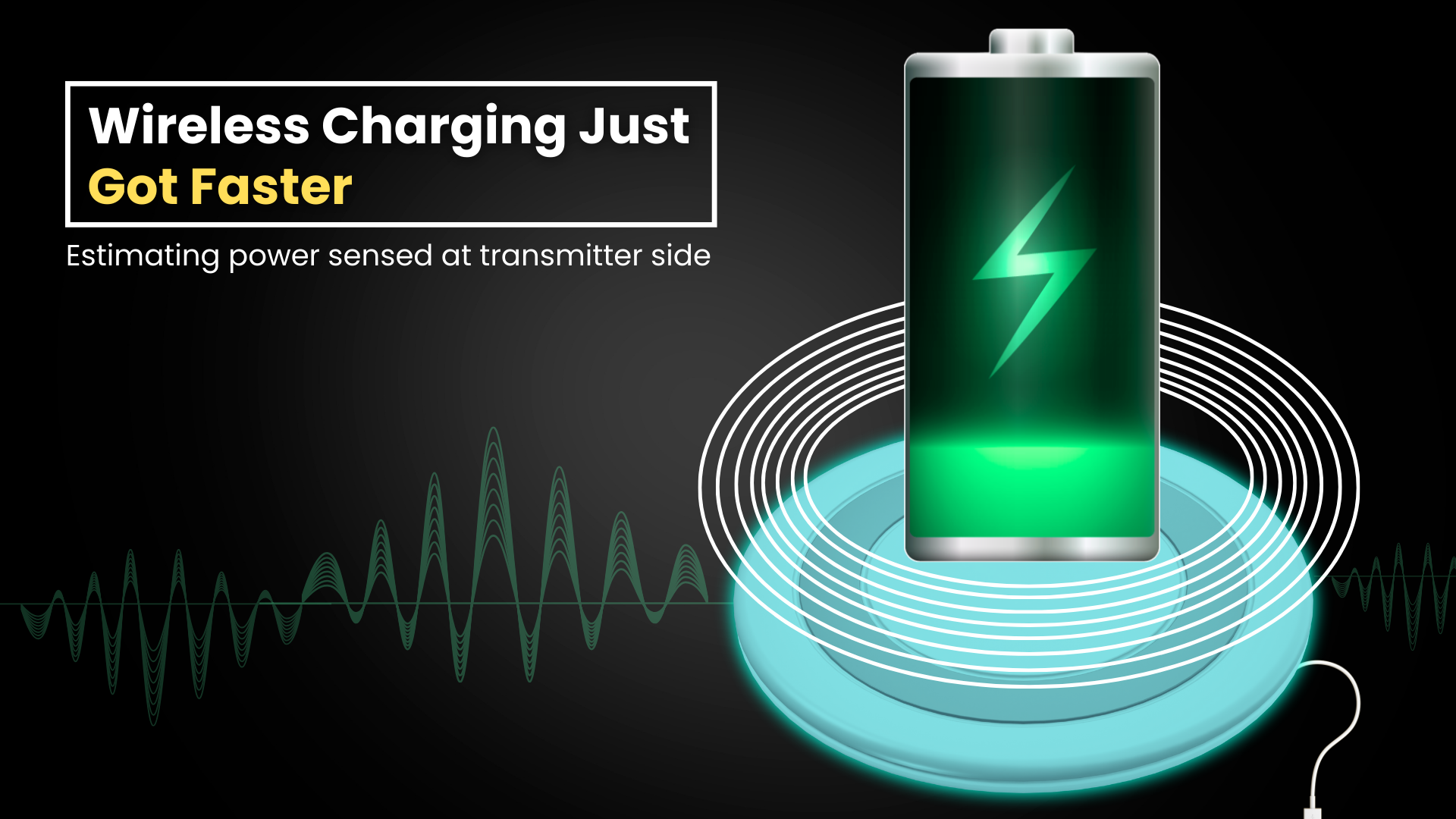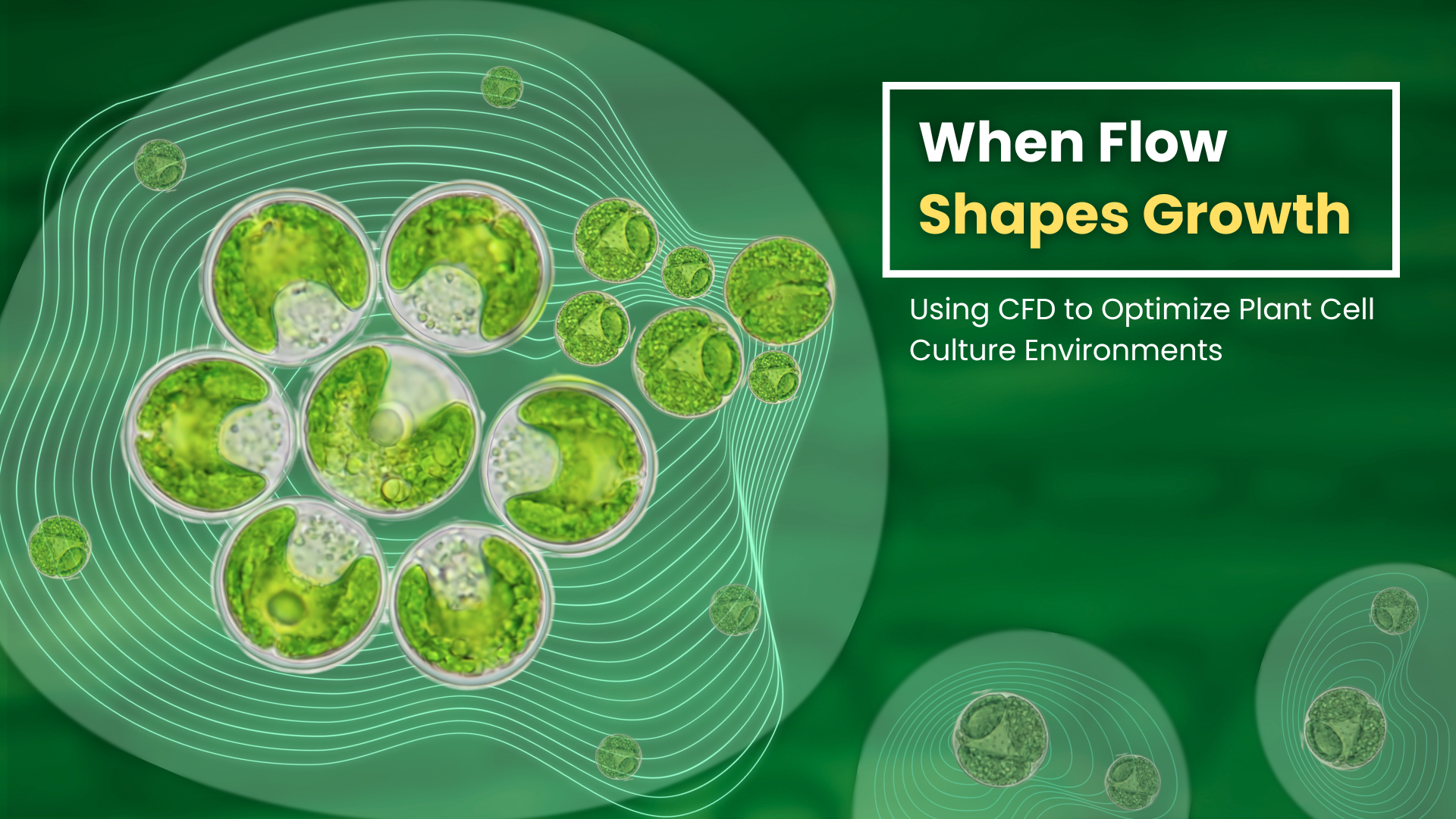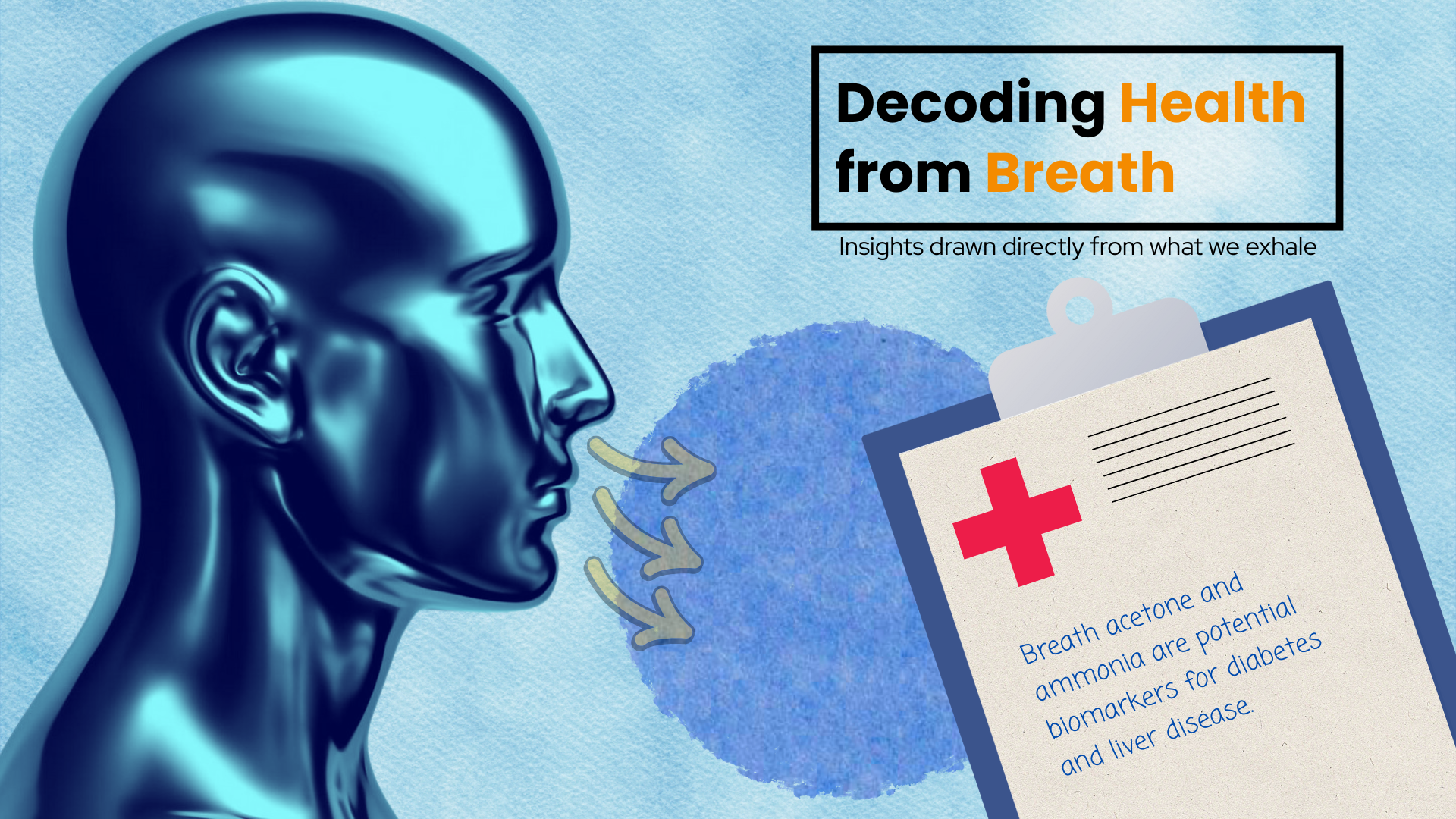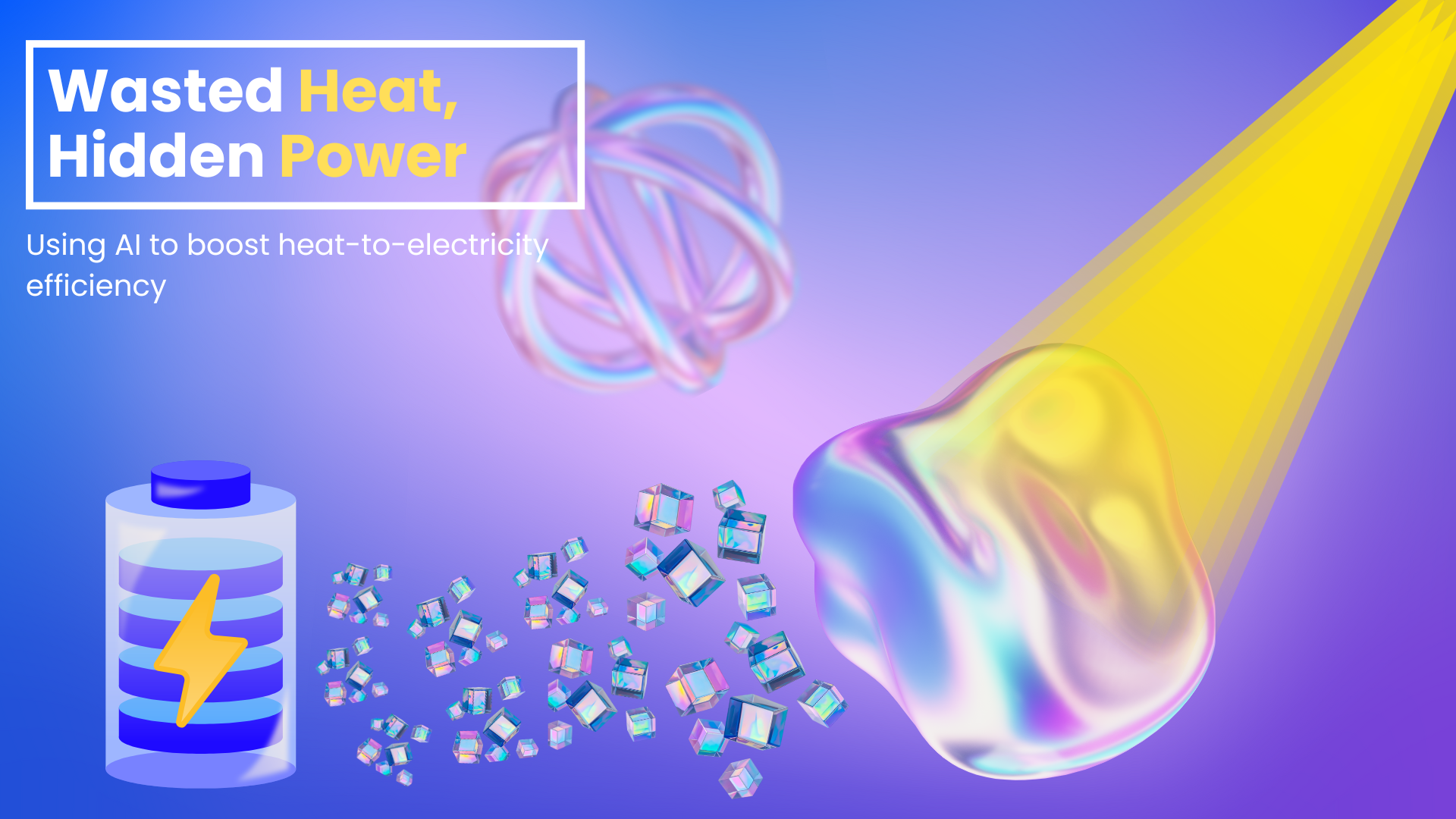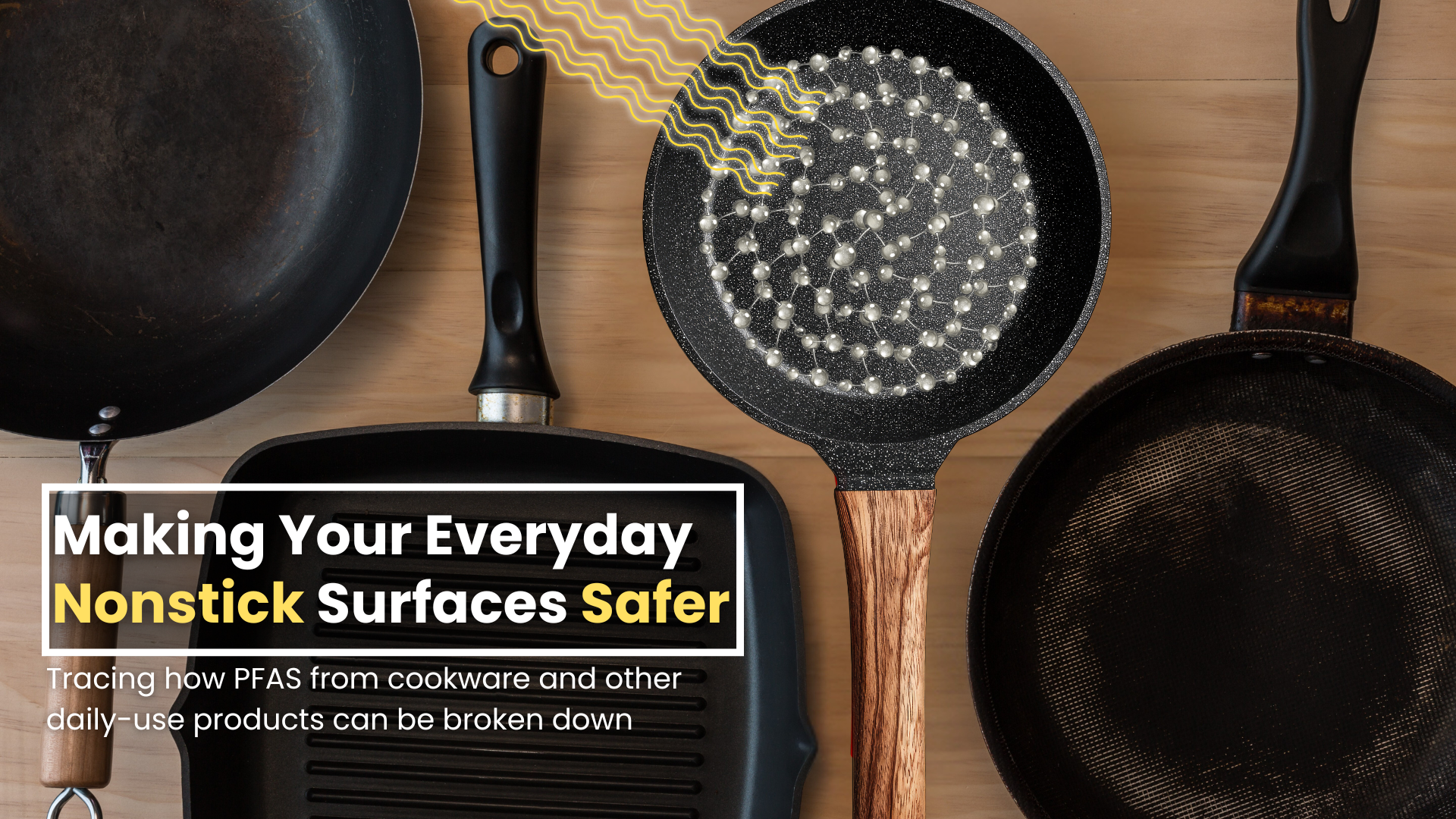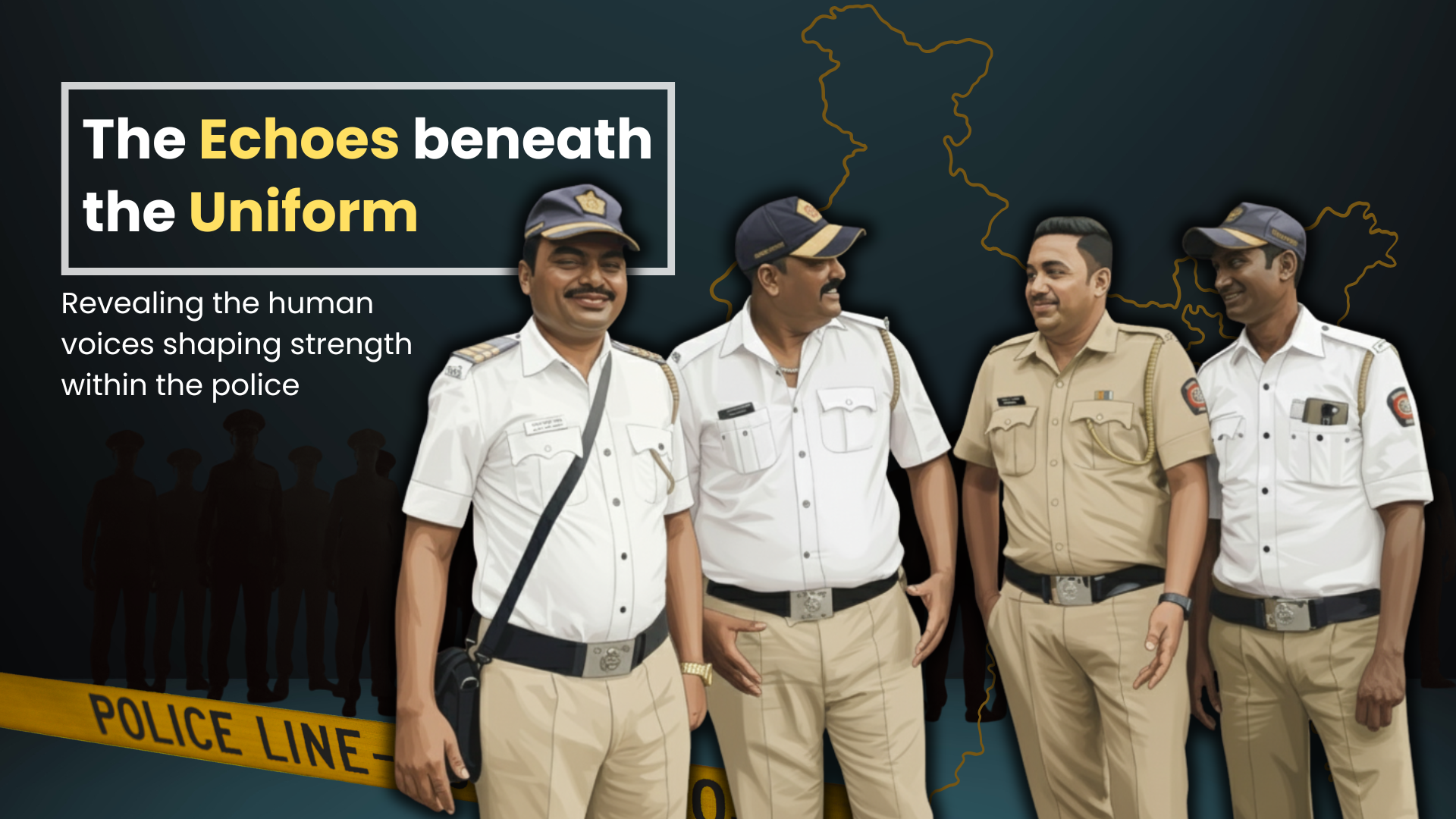
When you’re young and you get injured while running, cycling, or playing sports, getting a scar from an injury may seem like a cool thing. Unfortunately, a diabetic injury is not such a joke.
Diabetes is becoming a serious cause for concern as more and more adults above the age of eighteen are getting affected by this condition. India is also seriously affected by it with an estimated 77 million (7.7 crores) adults suffering from this affiliation.
A diabetic wound exhibits delayed healing and possess a serious economic, social, and mental burden on the society. Excessive exude (discharge from the wound) accumulation, and prolonged low-grade inflammation are the main problems in the case of non-healing (chronic) diabetic foot ulcers.
Various wound dressings are available in the market such as gauze, hydrogel, film, etc. However, available hydrogels have low mechanical strength and water resistance.
Moreover, single-layered dressings are not enough for deep diabetic wounds as they pose multiple problems for chronic diabetic wounds. They require frequent changes, and repeated changes of the dressings are painful for older people.
Thus bilayer dressings are being considered to overcome the problems associated with deep diabetic wounds. Here the lower porous layer may hold exude and maintain optimal moisture, while the antibiotic-loaded top nanofibrous layer may protect the wound from external factors such as pathogens and dehydration along with optimal gaseous exchange.
Usually, synthetic polymers are used for dressings. Unfortunately, these are resistant to physical and chemical degradation, and lead to deterioration of the environment through solid waste landfills. Animal derived commercial skin grafts too have issues as they have risk of immune activation and disease transmission. Therefore a natural alternative is required to produce a sustainable product.
Polysaccharides like agarose, curdlan, and alginate have attracted attention because they are antimicrobial, antioxidant, antiviral, anticoagulant, and antidiabetic in nature. The use of biological immunomodulater helps to combat prolonged inflammation and enhances the immune system.
Curdlan, agarose, and alginate have several advantages over synthetic polymers based dressings. Among the selected polymers, Curdlan has high stability and resistance to wound proteases. Agarose is widely used in tissue engineering and regenerative medicine. Alginate is a biocompatible and biodegradable polymer.

In this study, the authors Dr. Sachin Latiyan from the Department of Metallurgical and Materials Engineering, Indian Institute of Technology Madras, Chennai, India (Dr. Sachin Latiyan is also affiliated with the Department of Biotechnology, Bhupat and Jyoti Mehta School of Biosciences, Indian Institute of Technology Madras, Chennai, India), Prof. T. S. Sampath Kumar from the Department of Metallurgical and Materials Engineering, Indian Institute of Technology Madras, Chennai, India, and Prof. Mukesh Doble from the Department of Biotechnology, Bhupat and Jyoti Mehta School of Biosciences, Indian Institute of Technology Madras, Chennai, India (Prof. Mukesh Doble is also affiliated with the Department of Cariology, Saveetha Dental College & Hospitals, Saveetha Institute of Medical and Technical Sciences, Chennai, India), have used curdlan/agarose/polyvinyl alcohol blend as a top nanofibrous layer, on an alginate/agarose/polyvinyl alcohol-based bottom porous layer, along with ciprofloxacin, an antibiotic, to devise a bilayer dressing for diabetic wounds.
It was found that the bilayer dressings were effective, displaying high swelling, biocompatibility, hemocompatibility, and excellent cell migration, and proliferation.
The fabricated bilayer dressings were found to provide a moist environment and help in faster healing of diabetic wounds, along with protection from further microbial invasion.
Also noteworthy is that recently an Indian patent titled: “A SCAFFOLD OF NANOFIBROUS MATRIX AND METHOD THEREOF.” (Indian Patent No. 523793, Date of Filing 15/12/2022) has been granted for this invention.
Prof. Prakriti Tayalia, from the Department of Biosciences and Bioengineering, Indian Institute of Technology Bombay, Mumbai, India, gave her analysis and appreciation of the work done by the authors with the following comments: “The study in “Functionally multifaceted alginate/curdlan/agarose-based bilayer fibro-porous dressings for addressing full-thickness diabetic wound” presents a promising approach to address the complex nature of full-thickness diabetic wounds via development of bilayer dressings. The authors have combined natural polymers like alginate, curdlan and agarose in distinct layers, and have also incorporated ciprofloxacin to combat infections common in diabetic wounds. In vitro assays demonstrate the potential of the dressing for accelerated wound closure. Subsequent experiments in a diabetic animal model will likely provide valuable insights into the efficacy of the dressing in a clinically relevant setting, further validating the translational potential of this approach. The findings in this study highlight the potential of fabricated bilayer dressings as multifunctional and sustainable solutions for wound healing.”
Article by Akshay Anantharaman
Click here for the original link to the paper

